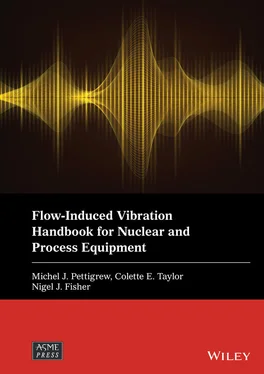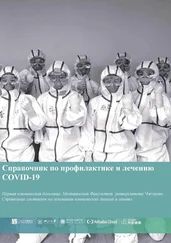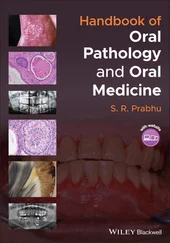Finally, the authors wish to express our gratitude to our understanding partners in life, for allowing us to take the time to write this handbook and for their moral support.
Liberat N. Carlucci Retired, Canadian Nuclear Laboratories (previously, Atomic Energy of Canada Ltd.)
Nigel J. Fisher Retired, Canadian Nuclear Laboratories (previously, Atomic Energy of Canada Ltd.)
Daniel J. Gorman Professor Emeritus, Ottawa University (Deceased)
Fabrice M. Guérout Canadian Nuclear Laboratories
Victor P. Janzen Retired, Canadian Nuclear Laboratories (previously, Atomic Energy of Canada Ltd.)
Michel J. Pettigrew Principal Engineer Emeritus, Canadian Nuclear Laboratories Adjunct Professor, Polytechnique Montreal
John M. Pietralik Retired, Canadian Nuclear Laboratories (previously, Atomic Energy of Canada Ltd.)
Bruce A. W. Smith Retired, Canadian Nuclear Laboratories (previously, Atomic Energy of Canada Ltd.)
Colette E. Taylor Retired, Canadian Nuclear Laboratories (previously, Atomic Energy of Canada Ltd.)
David S. Weaver Professor Emeritus, McMaster University
Metin Yetisir Canadian Nuclear Laboratories
1 Introduction and Typical Vibration Problems
Michel J. Pettigrew
Excessive flow‐induced vibration must be avoided in process and nuclear system components. That is the purpose of this handbook. The term “process components” is used generally here to describe nuclear reactor internals, nuclear fuels, piping systems, and all shell‐and‐tube heat exchangers, including nuclear steam generators, power plant condensers, boilers, coolers, etc. Higher heat‐transfer performance often requires higher flow velocities and more structural supports. On the other hand, additional supports may increase pressure drop and costs. The combination of high flow velocities and inadequate structural support may lead to excessive tube vibration. This vibration can cause failures by fatigue or fretting wear. Failures are very undesirable in terms of repair costs and lost production, particularly for high‐capital‐cost plants such as nuclear power stations, petroleum refineries and oil exploitation platforms. To prevent these problems at the design stage, a thorough flow‐induced vibration analysis is recommended. Such analysis requires good understanding of the dynamic parameters and vibration excitation mechanisms that govern flow‐induced vibration.
This handbook covers all relevant aspects of component vibration technology, namely: examples of vibration failures, flow analysis, and vibration excitation and damping mechanisms. The latter includes fluidelastic instability, periodic wake shedding, acoustic resonance, random turbulence, flow‐induced vibration analysis and fretting‐wear predictions.
Chapter 2is an overview of flow‐induced vibration technology. The reader should start with this chapter. In many cases, Chapter 2will be sufficient to provide the required information. Each aspect of the technology is covered in detail in the succeeding chapters. Typically, each chapter includes a review of the state of the art, available laboratory data, brief review of theoretical considerations and modeling, parametric analysis, recommendations for design, and sample calculations.
The performance of process components is often limited by excessive vibration in a localized area, e.g., near inlets, outlets, etc. The combination of detailed flow calculations and vibration technology allows the designer to avoid such problems. Flow velocities and support design can be optimized to allow maximum heat transfer in all regions of process components, resulting in higher heat‐transfer performance, less corrosion and fouling problems and reduced component size. The latter means capital cost reduction and a more competitive manufacturing industry.
This handbook is for the practicing engineer who is designing or troubleshooting nuclear and process system components. Design guidelines are proposed based on extensive analysis of the literature and, in particular, on experimental data obtained in the field and at the Canadian Nuclear Laboratories of Atomic Energy of Canada Limited at Chalk River, Ontario, Canada. Although it is not intended as an undergraduate text book, it could be useful as a source of design data and practical examples. To assist students and new design engineers, the example calculations provided throughout this handbook are supplemented and presented with more explanation in Appendix A.
There are already several useful books on flow‐induced vibration, e.g. Au‐Yang (2001), Blevins (1990), Chen (1987), Kaneko et al (2014), Naudascher and Rockwell (1994), and Païdoussis (1998). So, why another one in the form of a handbook? This book is complementary to the above books for the following reasons. This book has greater emphasis on design guidelines. Much experimental data is presented in the form of comprehensive data bases that include a significant number of two‐phase flow results. Particular attention is given to damping in single‐ and two‐phase flow, two‐phase flow‐induced vibration mechanisms such as fluidelastic instability and random turbulence excitation, and the prediction of fretting‐wear damage. Simple examples of calculations are given throughout the handbook.
1.2 Some Typical Component Failures
In heat exchangers, tube failures due to fretting wear may occur at the tube supports or at midspan if the tubes vibrate with sufficient amplitude to contact each other. Figure 1-1shows an example of tube‐to‐tube fretting wear. It occurred in the U‐bend of an early nuclear steam generator with tubes that were inadequately supported near the outlet in a region of high‐velocity two‐phase cross flow. Extensive fretting‐wear damage was also observed between tube and tube support, as shown in Fig. 1-2. Here, the damage was sufficient to cause a hole in the tube resulting in leakage between tube‐side and shell‐side. Obviously, this kind of problem must be avoided. An additional support near the outlet region was an easy solution to this problem.
Figure 1-3shows extensive tube‐to‐tube fretting‐wear damage in the inlet region of a triple segmental liquid‐liquid process heat exchanger. The problem was due to the combination of long tube spans (1.45 m) and high flow velocities impinging directly on the tubes in the inlet region. Lacing strips were installed to support the tubes near the inlet. Unfortunately, they were excessively loose. Fretting wear occurred between the tube and the lacing strips. Tubes wore through, as shown in Fig. 1-4. Eventually, proper baffle‐supports were installed, as shown in Fig. 1-5. No further problems occurred.
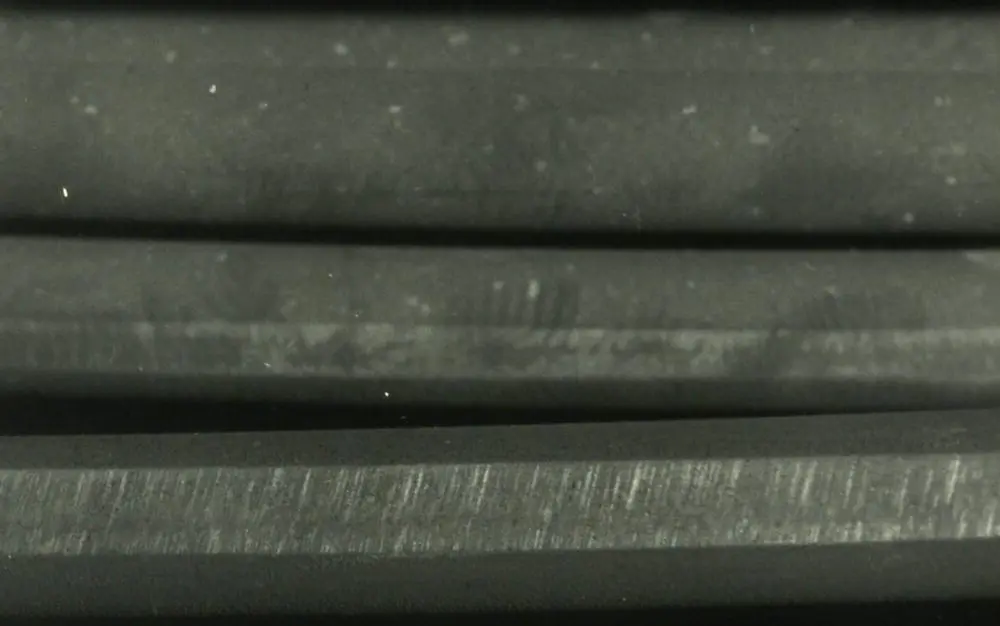
Fig. 1-1 Tube‐to‐Tube Fretting Wear in the U‐Bend Region of an Early Nuclear Steam Generator (Pettigrew, 1976).

Fig. 1-2 Tube‐to‐Support Fretting Wear: Note Hole Through Tube Wall (Pettigrew, 1976).
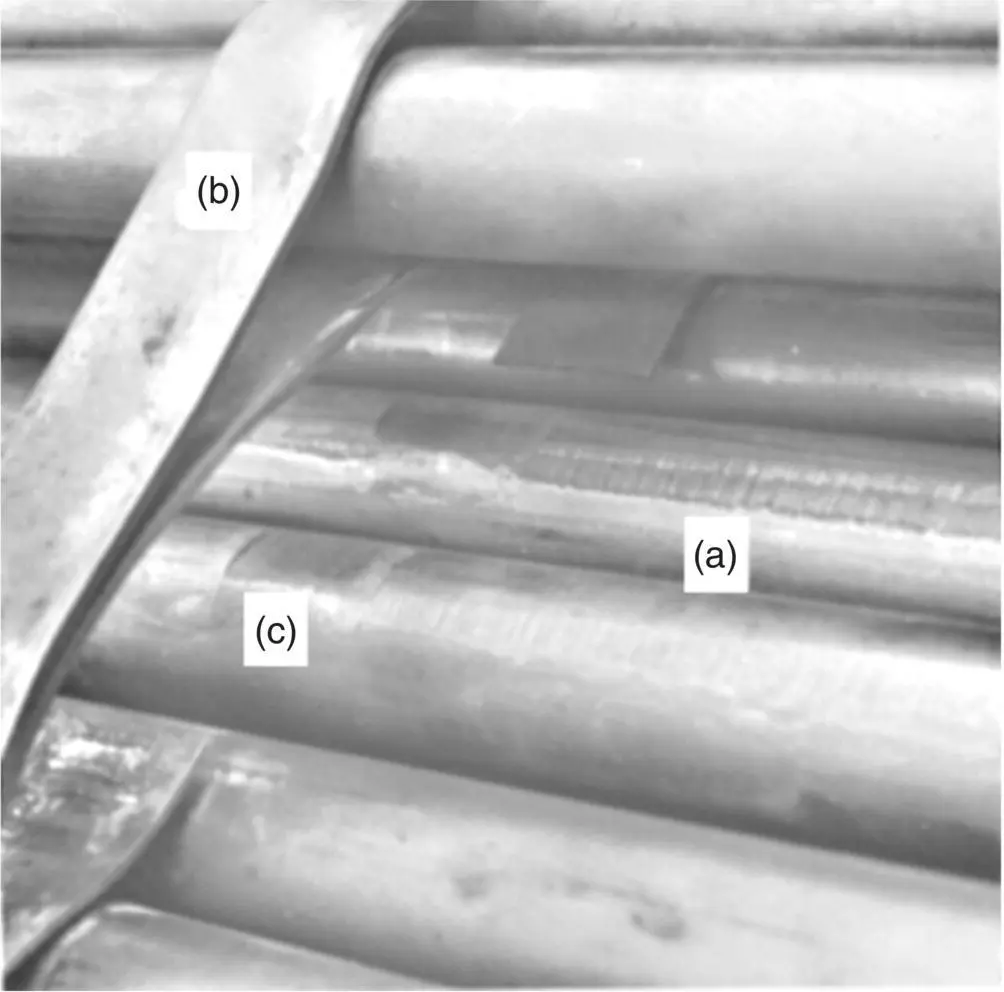
Fig. 1-3 Fretting Wear in the Inlet Region of a Liquid Process Heat Exchanger: a) Tube‐to‐Tube Initial Damage, b) Lacing Strip, and c) Damage at Lacing Strip Location (Pettigrew, 1976).
Читать дальше
